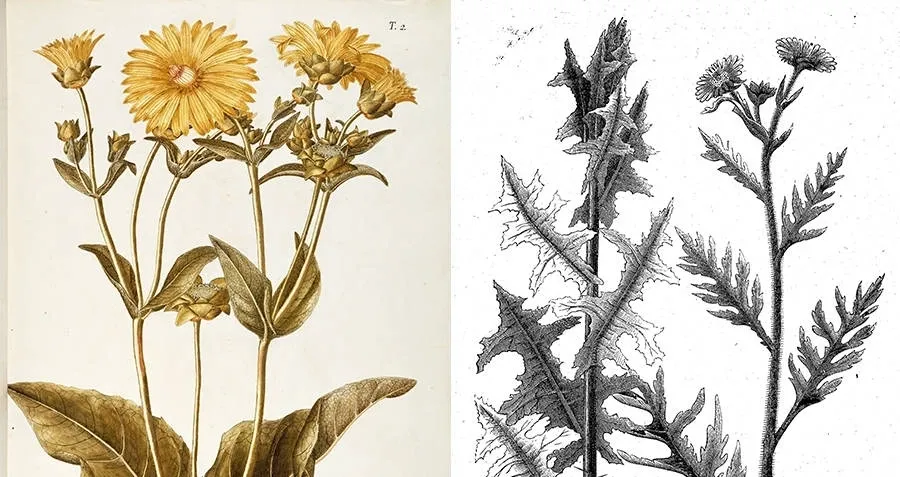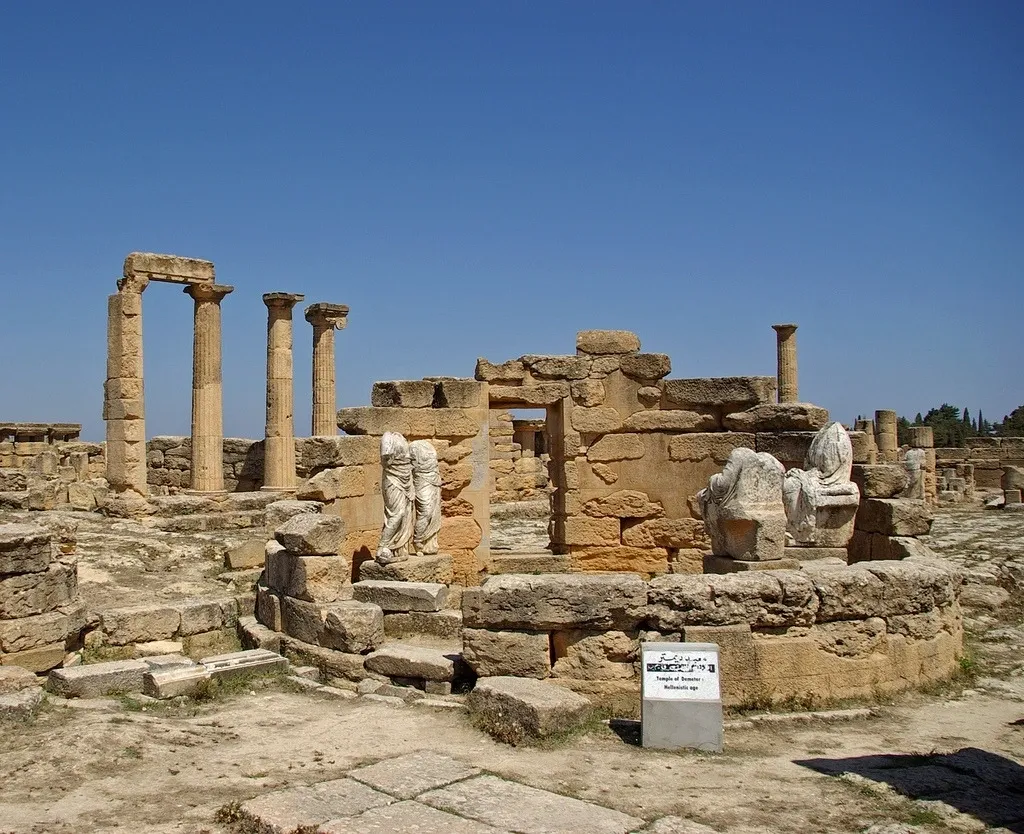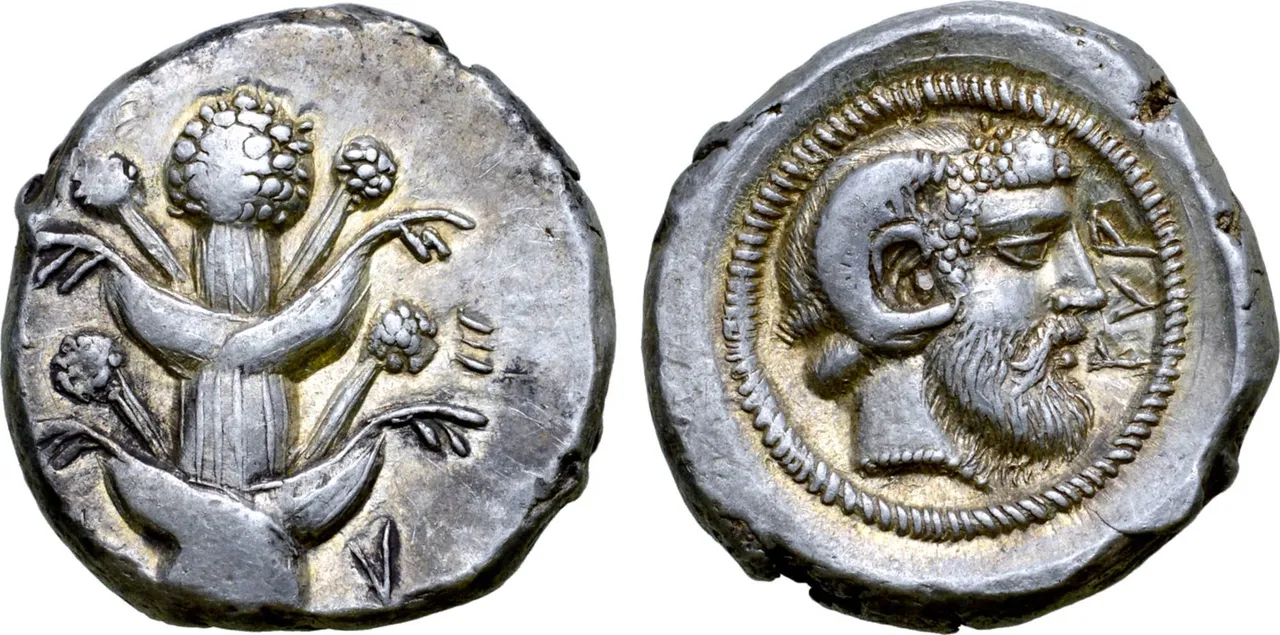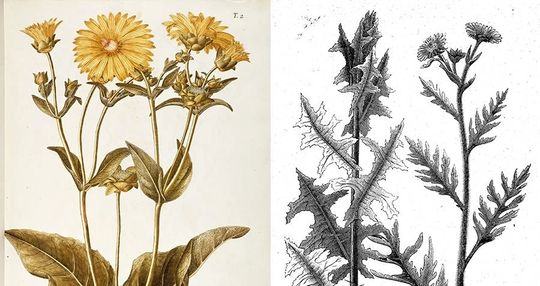
Artist Depiction of the Silphium Plant Credit: Bildagentur-online/Getty Images DEA/ G. Cigolini/Getty Images
Another thing to consider before reading this is that silphium is not considered a safe contraceptive in the modern era, and every resource I was able to find in my scouring of the dark corners of the internet provided little to no reasonable evidence that silphium functioned as a contraceptive at all. If you are here in search of safe, non-mainstream contraceptives in the wake of the US Supreme Court decision, I hate to disappoint, but this is not that kind of article.
Not to mention the fact that the plant known as silphium today is classified as extinct due to over farming and climate change. It was rare in its heyday, and it is debated on whether or not silphium was even a contraceptive at all. That being said, let us get into what silphium actually was, starting with the facts.

Ruins of Greco-Roman Cyrene in modern Libya
(Please note that I was unable to find the original quote from Soranus, and this is second or third-hand evidence at best describing the uses of silphium as a contraceptive.)

Silphium on an Ancient Coin
Silphium is believed to be of the genus Ferula, and likely an extinct species such as “Ferula tingitana, Ferula narthex, and Thapsia garganica. ” Up until this point, I have cited the reason for the extinction of silphium as over grazing and harvesting, but I am obligated to mention the challenge brought up in the notion of the desertification of Cyrene and the surrounding landscape as well.
At the end of the day, it is difficult to correctly ascertain whether silphium actually possessed the medicinal contraceptive properties it was reputed to have, and the rabbit hole this subject led me down had me tearing my hair out at articles written years ago referencing people I wasn’t even sure existed as well as ideas that seemed a stretch in the best of circumstances.
Although maybe that isn’t what the takeaway from this idea should be. Perhaps whether or not silphium was the contraceptive it was reputed to be is a moot point. The story of the herb itself is a great symbol of the way abortion and contraception are viewed in the modern world. It was rare in the best of circumstances, only growing on a tract of land less than 200 kilometers long and sourced from a single city. The providers got rich off its production, so much so that they may have harvested it into extinction. All because it was demanded by almost the whole society of Rome and the wider Mediterranean world as something necessary but only available to the highest bidder. Supply and demand are such fickle mistresses, and this may serve as evidence of their having no place in the court of Asclepius and his champion Hippocrates.
Note: I’m going to go ahead and include the links to the rabbit hole I followed regarding the references to “John Riddle”, Soranus, and an outdated Washington Post article by some journalist whose name is difficult to spell below for transparency’s sake. They both reference John Riddle and Soranus, but it is difficult to get a beat on where John Riddle got his information.

